There’s a reason why Florida has been awarded the title of ‘Fishing Capital of the World’. The 11,000 miles of saltwater shoreline and 7,600 freshwater lakes offer ample opportunities for catching fish. There are so many types of fish, as well as ways to catch them, that you could never get bored fishing in Florida.
Not only is Florida great for fishing because of the many places to fish, but it also has some of the best climates for going fishing. You never have to worry about the area you’re going freezing over. Even in the coldest part of winter, you can put the boat in and have fun catching fish. Summer may bring a lot of heat, but it also makes night fishing easier. You don’t have to worry about sharp temperature drops when the sun goes down.
There are many reasons why Florida is the best state for fishing, here are a few.
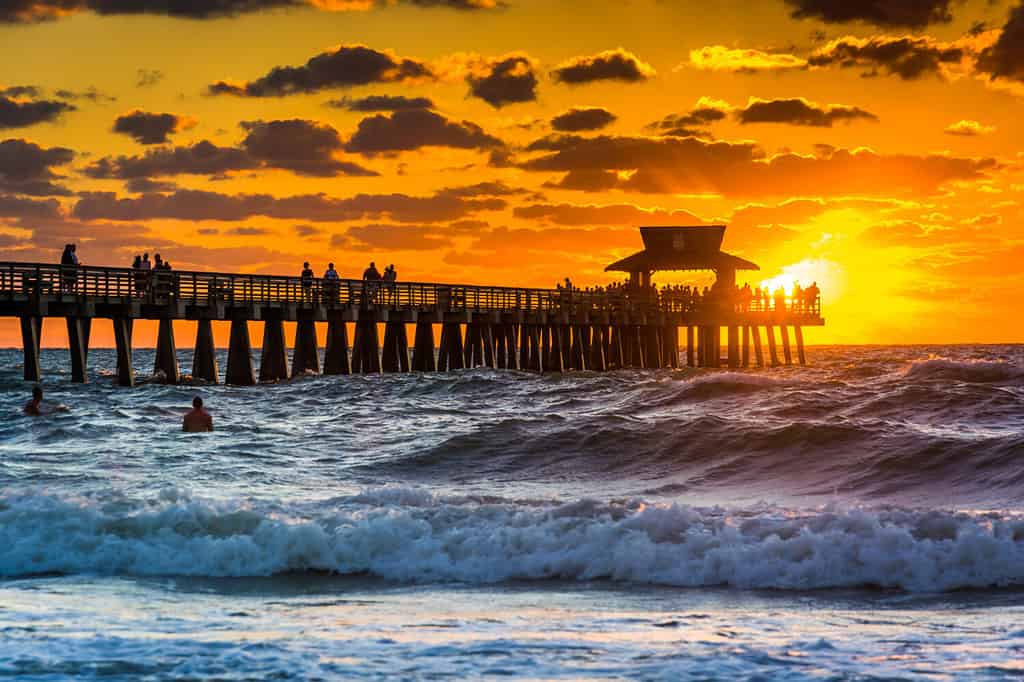
One of the best parts of fishing in Florida is never having to worry about your fishing spot freezing over.
©ESB Professional/Shutterstock.com
#1 You Get the Best of Both Worlds
Only 23 states in the U.S. touch the ocean, which means you can saltwater fish in less than half the country. Florida happens to be one of those states, not only touching the saltwater but surrounded by it on three sides. This makes Florida the largest peninsula in the United States.
Being surrounded by so many miles of ocean gives Florida a benefit when it comes to fishing. The Gulf of Mexico on the west and the Atlantic Ocean on the east offer two very different types of fishing. The islands in the Florida Keys offer even more opportunities. Along with all of that, there’s plenty of brackish water, like the Indian River on the Treasure Coast.
You can catch snook, redfish, and mangrove snapper in brackish water. Offshore saltwater fishing presents opportunities to catch trophy fish like marlin and mahi. Lakes are home to a wide variety of species too, from largemouth bass to tilapia.
On top of the many types of saltwater fishing, there are also many lakes in the state of Florida. Florida has the 7th most lakes out of all of the states in the U.S. One notable lake in Florida is Lake Okeechobee, which is the 9th largest lake in the United States.
Having so many lakes as well as so many miles of shoreline means that Florida is any angler’s dream. You can fish the Atlantic and watch the sunrise in the morning, dip your line into freshwater at noon, and catch the sunset over the Gulf of Mexico in the afternoon. There are no other states in the country that offer that kind of opportunity.
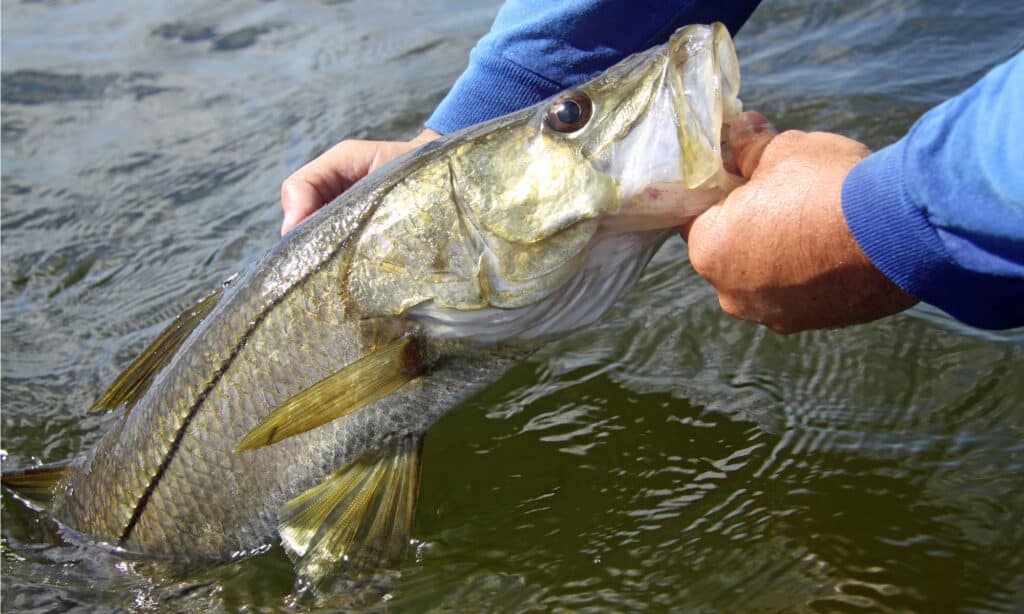
You can catch snook, redfish, and mangrove snapper in brackish water. Brackish water is a mixture of fresh and saltwater.
©CaptJason/Shutterstock.com
#2 Year-Round Fishing
Unlike most other states in the U.S., it very rarely freezes or snows in Florida. This means that anglers can fish in any month of the year without having to worry about ice. While ice fishing is a fun and popular sport in the northern states, if you’re just wanting to cast a line and catch a bass, you don’t have to worry about the lake being covered in ice.
Even states like Georgia and South Carolina, where temperatures stay relatively warm compared to the rest of the U.S., experience ice and snow. Lakes don’t usually freeze over in these states, but trying to back in a boat down an icy ramp isn’t for the faint of heart. In Florida, specifically central and south Florida, you don’t ever have to worry about that.
Unsurprisingly, Florida has the highest average maximum temperatures in the United States. As just one of three states with an average max temperature of over 80 degrees, Florida sits at a warm 81.97°F. This year-round warm weather could be part of why it was the fastest-growing state in 2022. The warm weather is also what makes fishing such a popular sport in Florida.
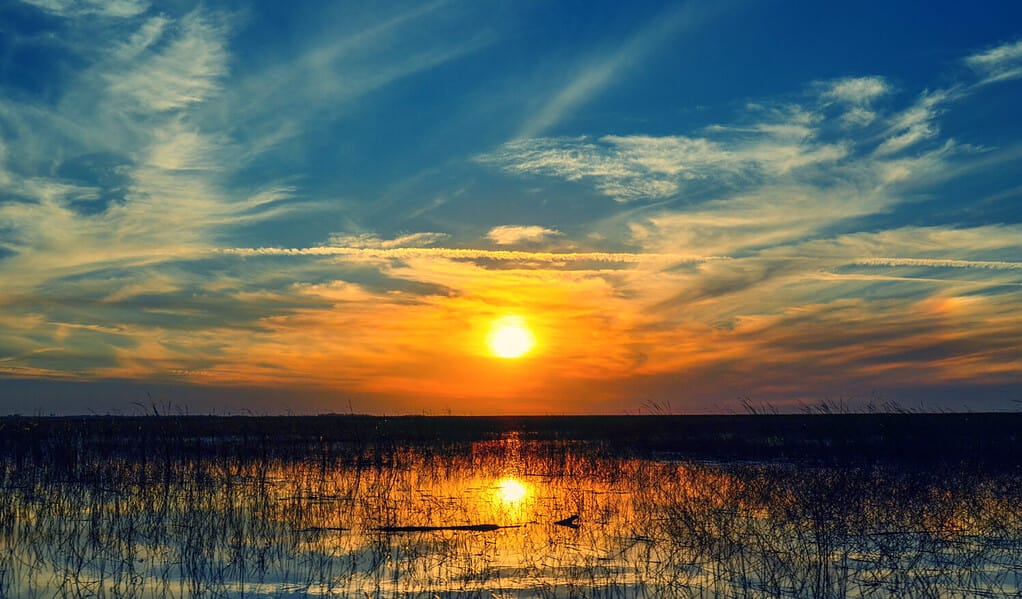
The consistently warm weather in Florida makes it a popular state for fishing.
©JMP_Traveler/Shutterstock.com
#3 Fishing Restrictions Mean Higher Fish Populations
Florida Fish and Wildlife Conservation Commission sets slot limits for fresh and saltwater fish. Within those requirements, different lakes and bodies of water have individualized slot limits on the fish living there. This is in an effort to preserve and rebuild certain species of fish. One example of this is the redfish population. It was overfished in the 1980s, so in 1989 a slot limit of 18 to 27 inches was established. FWC also put in place a bag limit of one fish per person and established a closed season from March through May.
Because of these intense restrictions, redfish populations have increased and now exceed the management goal that was put in place. The FWC set the goal of 40% escapement in most parts of the state. Escapement is the number of fish that are allowed to escape being harvested and eventually spawn. FWC considers the current population of redfish to be a success story, and a testimony to the effectiveness of slot limits.
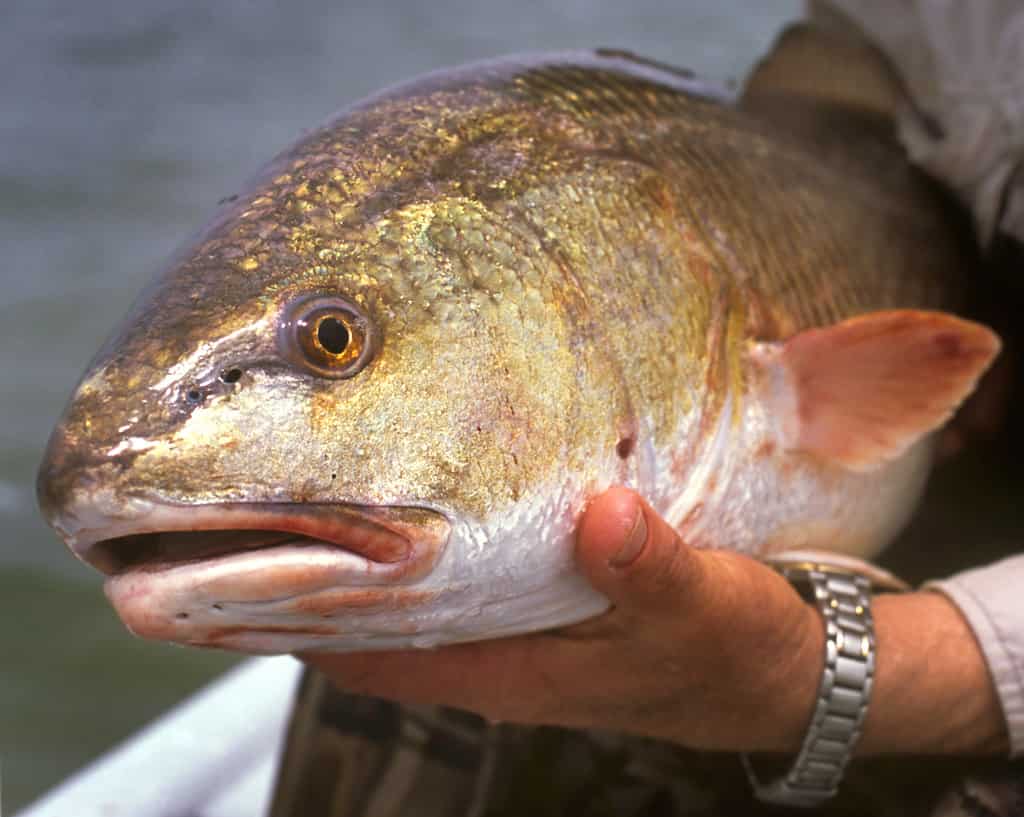
The current population of redfish in Florida is at a high thanks to conservation efforts put in place by FWC.
©iStock.com/SteveClever
#4 The Variety of Fish Is Endless
Not only does Florida have a wide variety of fish, but it also has a few species that don’t exist anywhere else in the world. Florida freshwater offers anglers the chance to catch Seminole killifish, flagfish, and Okaloosa darters, as well as the smallest freshwater fish on the continent — the least killifish.
The Seminole killifish, or Fundulus seminolis is a part of the topminnow family. It’s native to Florida and found in a few rivers, including the Suwannee, Indian, and Peace Rivers. It’s also in Lake Okeechobee, the state’s largest lake. The flagfish, also called Jordanella floridae, is a part of the pupfish family. It’s only found in a few places, specifically south of the drainage basins of the Ochlockonee and St. Johns River in the Florida Peninsula.
The Okaloosa darter fish is part of the perch and darter family. It was listed as endangered in 1973, and efforts to save the species started in 1994. At that time, the species was reduced to a population of 1,500 and on the brink of extinction. Through the creation of retention ponds, wetland restoration, the removal of culverts, and other methods, the population expanded to over 600,000. In 2021, the efforts ended in success as the Okaloosa darter was declared no longer threatened.
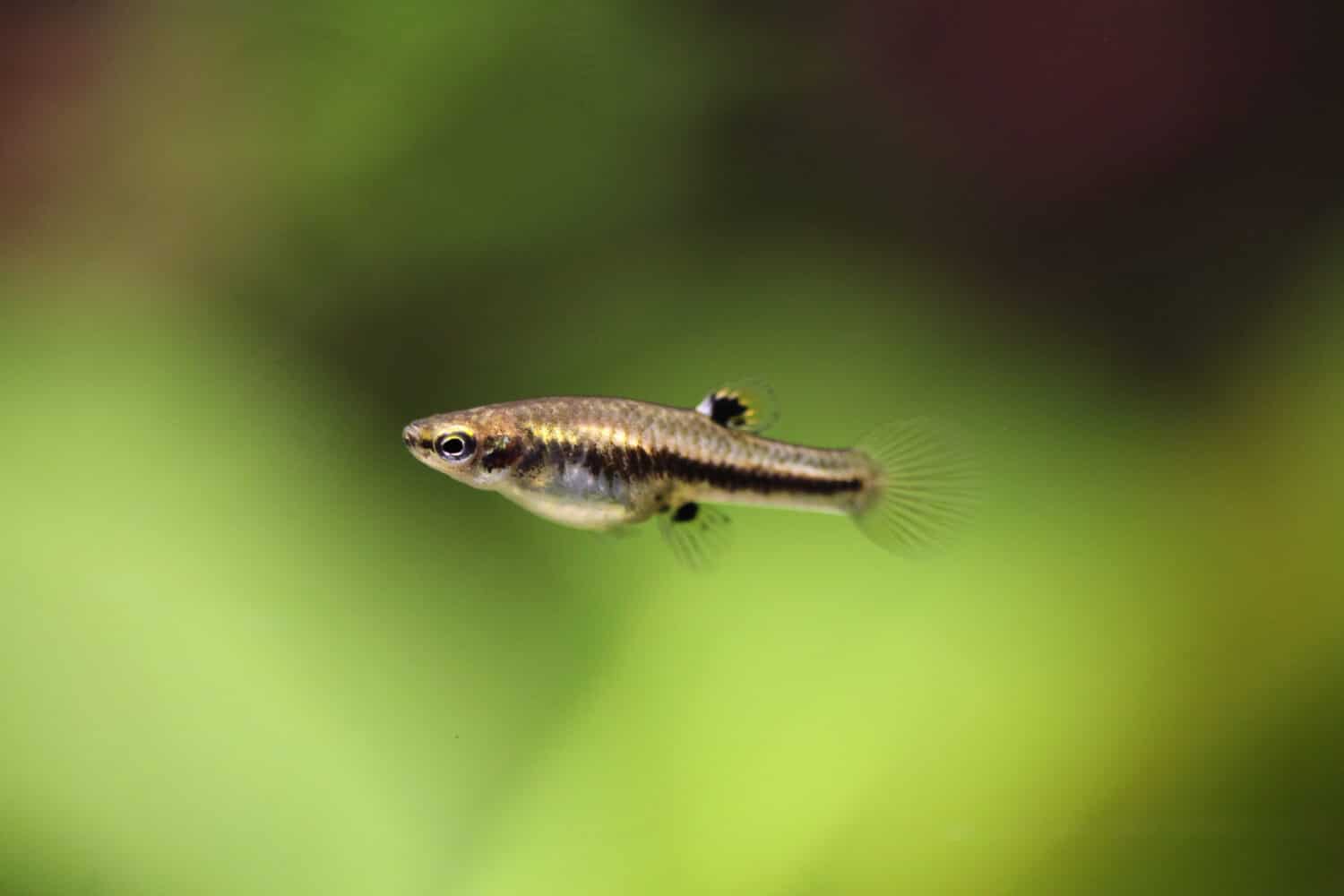
The least killifish is the smallest freshwater fish in North America.
©Vladimir Wrangel/Shutterstock.com
#5 The Grand Slam
FWC created the Grand Slam, which challenges anglers to catch three specific fish within a 24-hour period. In 2014 they updated the program and expanded it to nine Grand Slams, and a Small Fry Grand Slam, which is just for anglers 15 and under. The Inshore Grand Slam requires anglers to catch a red drum, spotted seatrout, and flounder. The Florida Grand Slam is when an angler catches a bonefish, permit, and tarpon in one day. Along with these two, there are seven other Grand Slams to try to complete.
If you can successfully complete and document your Grand Slam, you’ll receive a certificate signed by the Director of FWC Marine Fisheries Management and a colorful t-shirt. You’ll also get your name listed in the Saltwater Recreational Fishing Regulations booklet and on the Club Members page. If you complete three of the slams, you reach another tier of prizes, and another once you complete six. If you successfully get all eight adult Grand Slams, you reach the top tier and can win a rod and reel combo, fishing shirt, and an unspecified grand prize. Even if you can’t complete all eight, you get a t-shirt, decal, and certificate for each Grand Slam you complete.

Tarpon, as pictured above, is one of the three fish to catch to complete a Florida Grand Slam, along with a bonefish and permit.
©Miguel Abrams/Shutterstock.com
Summary of the Reasons Florida Has the Best Fishing in the United States
| Florida Fishing | |
|---|---|
| #1 | The state has saltwater and freshwater fishing. |
| #2 | Year-round fishing means you don’t have to plan around the season. |
| #3 | Fishing restrictions mean higher fish populations. |
| #4 | The variety of fish is endless. |
| #5 | The Grand Slam challenges anglers to catch three specific fish in a 24-hour period. |
The photo featured at the top of this post is © Maximillian cabinet/Shutterstock.com
Thank you for reading! Have some feedback for us? Contact the AZ Animals editorial team.







